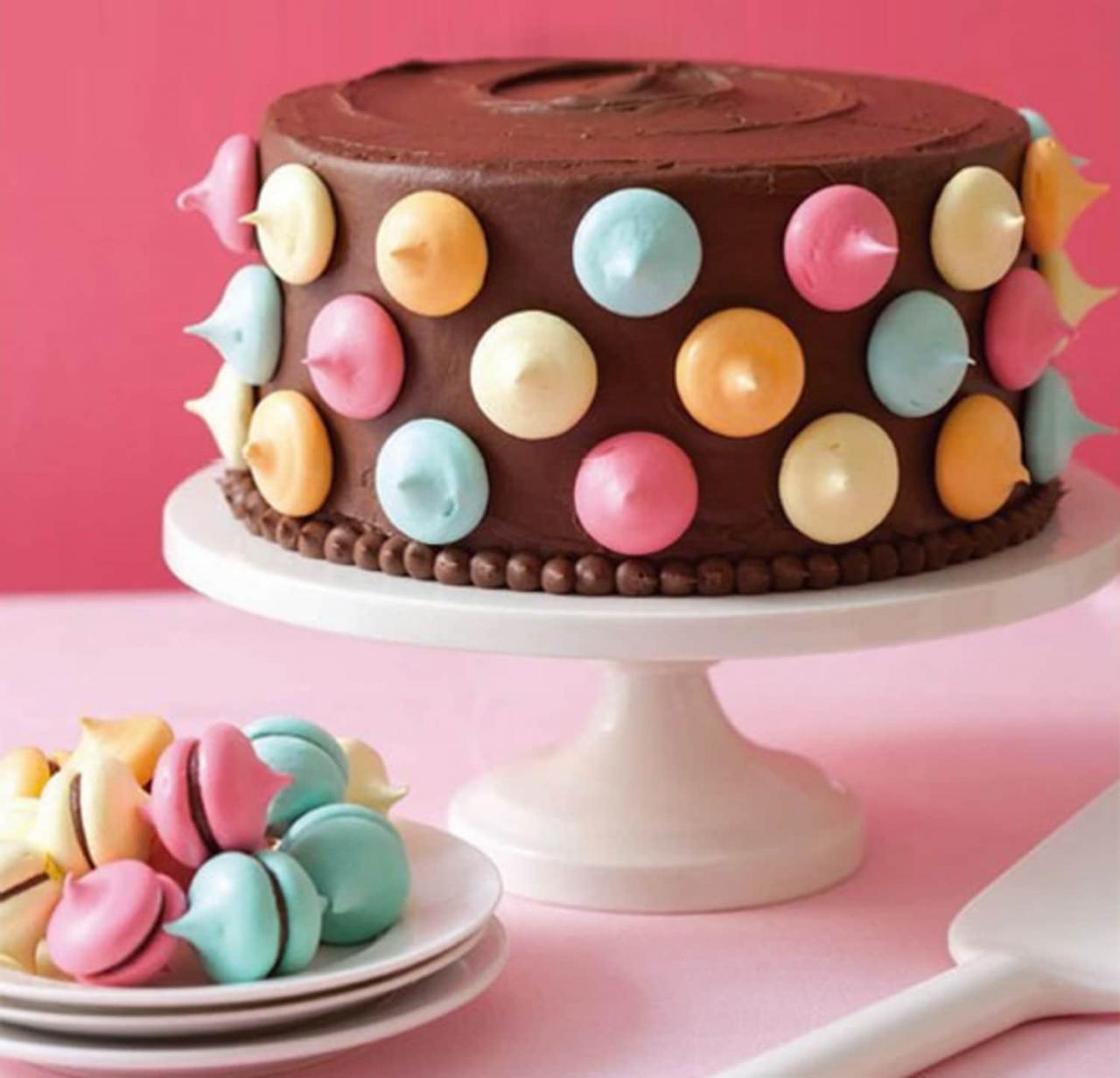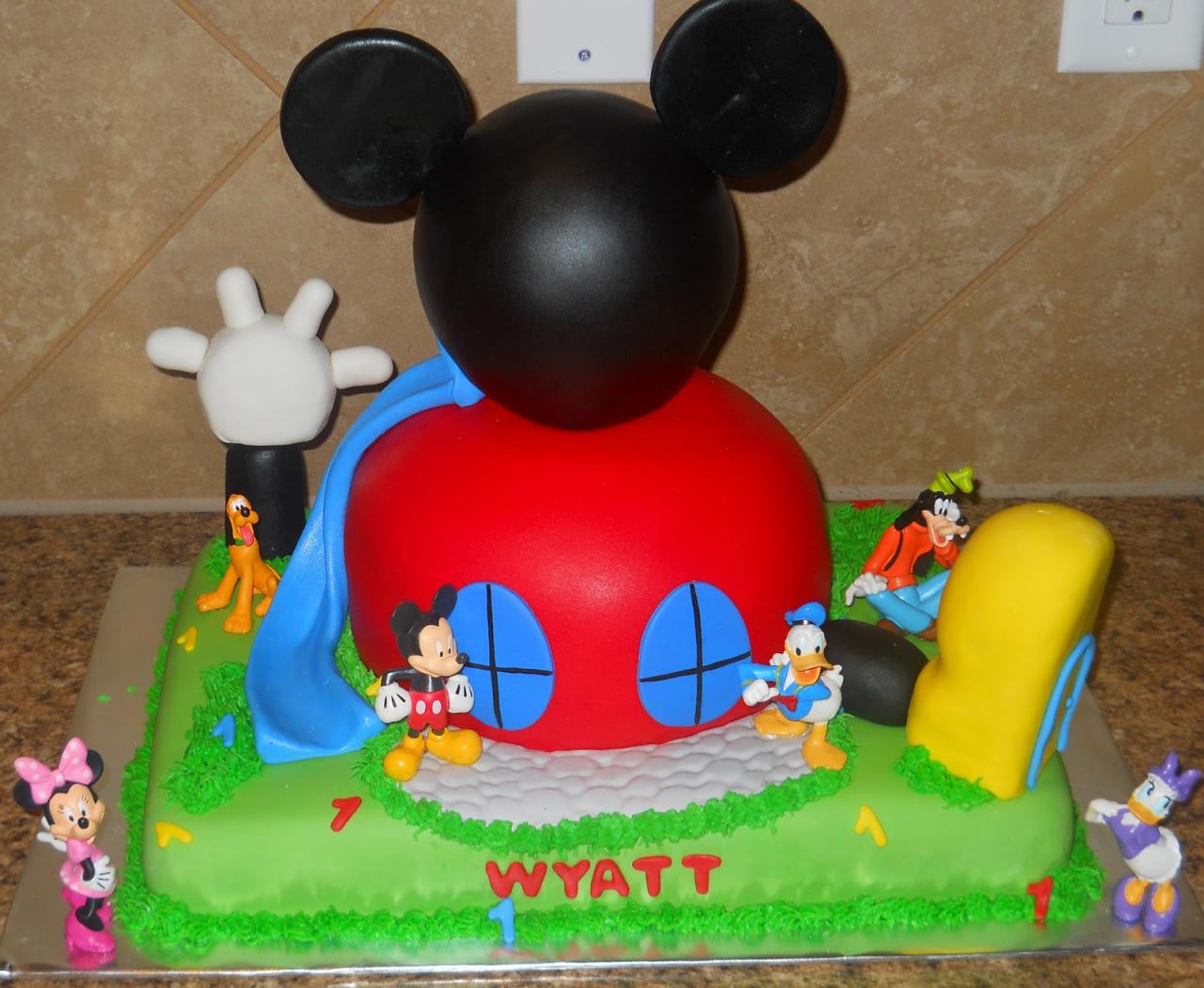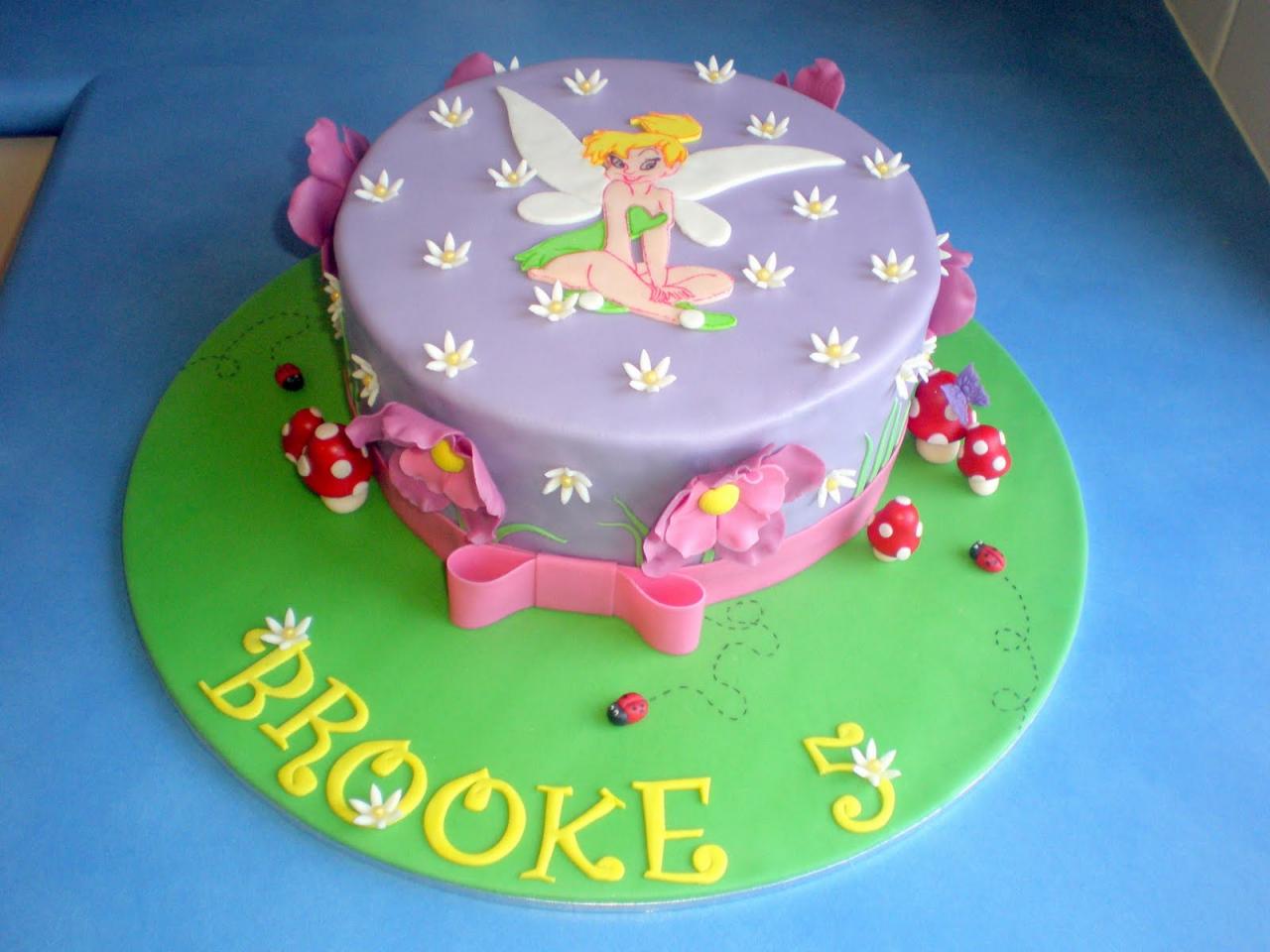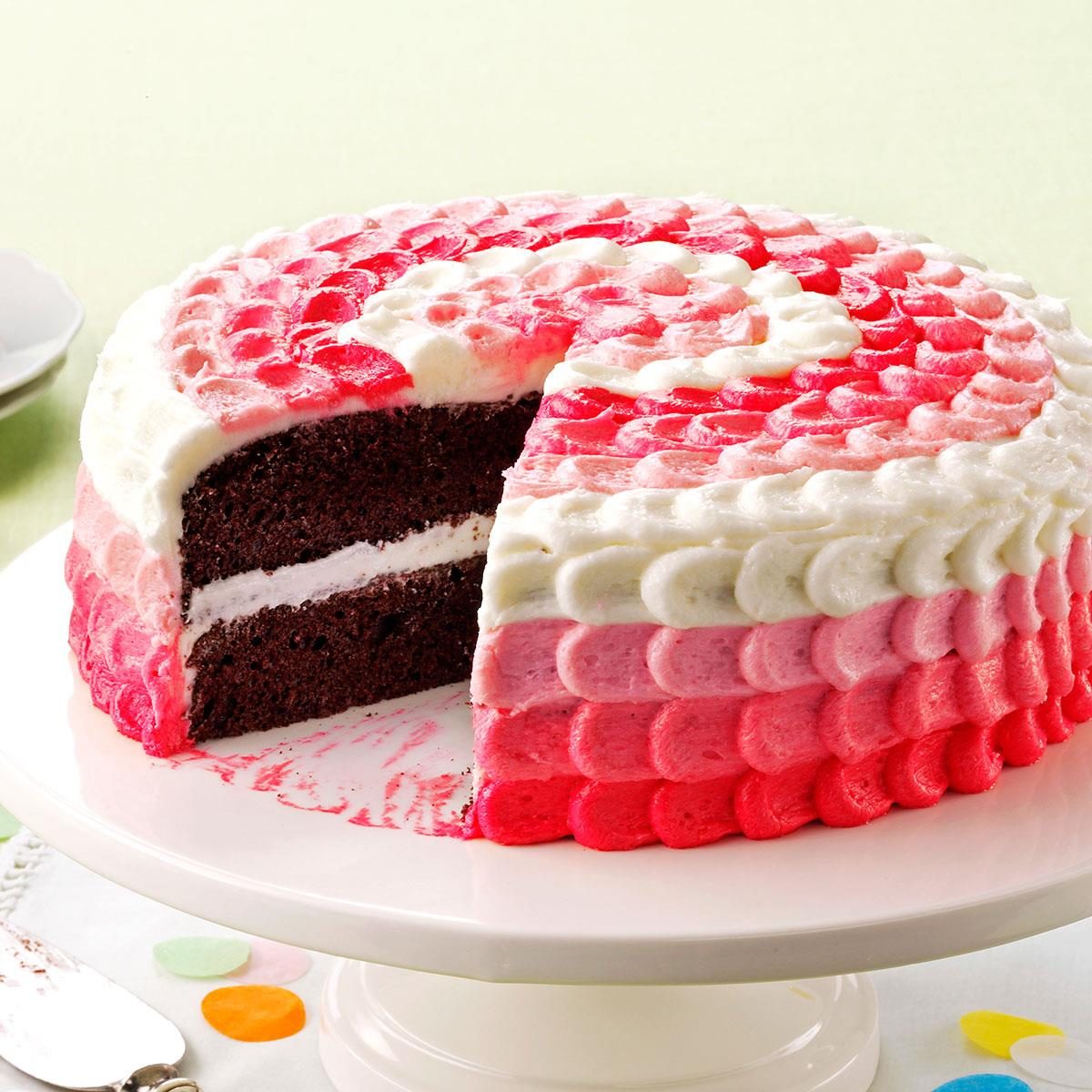Embark on a culinary adventure with simple cake decorations, where creativity meets accessibility. Discover the art of transforming ordinary cakes into extraordinary masterpieces with ease and style.
Delve into the realm of frosting, piping techniques, and edible embellishments, unlocking a world of possibilities to elevate your cakes to new heights.
Simple Cake Decorations

Mastering the art of simple cake decorations can elevate your baking skills and transform ordinary treats into visually stunning creations. Understanding the fundamentals of frosting, piping techniques, and basic design principles will empower you to add a touch of elegance and personalization to your cakes.
Types of Frosting and Their Uses
Frosting is the key component that provides both flavor and a smooth canvas for decoration. Different types of frosting offer unique textures and flavors, each suited to specific applications:
- Buttercream:A versatile and creamy frosting made from butter, sugar, and flavorings. Ideal for smooth piping and spreading.
- Cream Cheese Frosting:A tangy and rich frosting made from cream cheese, butter, and sugar. Excellent for filling and frosting cakes and cupcakes.
- Whipped Cream Frosting:A light and airy frosting made from whipped cream and sugar. Perfect for topping desserts or creating decorative swirls.
Edible Embellishments
Edible embellishments offer a delightful way to elevate the visual appeal and flavor of your cakes. From vibrant edible flowers to luscious fruits and whimsical candies, the possibilities for creating stunning decorations are endless.
Flowers
Edible flowers, such as pansies, violas, and rose petals, add a touch of natural beauty to cakes. Before using, gently rinse the flowers and pat them dry. To preserve their freshness, store them in the refrigerator until ready to use.
Fruits
Fresh or dried fruits can add color, texture, and a burst of flavor to cakes. Berries, sliced citrus fruits, and tropical fruits are popular choices. For a touch of elegance, glaze fruits with a simple syrup or honey.
Candies
Candies offer a wide range of shapes, colors, and textures for cake decorations. Hard candies can be crushed and sprinkled, while gummy candies can be cut into fun shapes. Chocolate chips, sprinkles, and candy melts can also be used to create intricate designs.
Custom Embellishments
For truly unique edible decorations, consider using molds or cutters. Silicone molds can create intricate shapes, while cookie cutters can be used to cut out custom shapes from fondant or marzipan.
Creative Fondant Designs
Fondant, a pliable sugar paste, offers limitless possibilities for shaping and sculpting edible decorations that elevate the visual appeal of cakes. Understanding the basics of working with fondant, such as rolling, cutting, and shaping, is essential for creating these designs.
Rolling and Cutting
To achieve a smooth, even surface for fondant decorations, roll out the fondant thinly and evenly. Use a rolling pin and a non-stick surface to prevent sticking. Cut out desired shapes using cookie cutters or sharp knives, ensuring clean edges.
Shaping and Sculpting
Fondant’s malleability allows for intricate shaping and sculpting. Use your hands or modeling tools to mold the fondant into various forms, such as flowers, animals, or characters. Allow the shaped fondant to dry slightly before attaching it to the cake.
Examples of Creative Designs
The possibilities for fondant designs are endless. Consider creating:
- Realistic flowers with delicate petals and lifelike details
- Whimsical animals with expressive features and dynamic poses
- Custom characters inspired by popular culture or personal preferences
- Abstract shapes that add texture and visual interest to the cake
Piping Techniques for Beginners

Piping is a fundamental skill in cake decoration that allows you to create intricate designs and embellishments. Mastering basic piping techniques will open up a world of possibilities for your cake decorating endeavors.
There are various types of piping tips, each designed for specific purposes. Common tips include round tips for stars and dots, star tips for creating petals and ruffles, and leaf tips for foliage designs.
Choosing the Right Piping Tip
- Round tips: Versatile for dots, stars, and borders.
- Star tips: Create petals, ruffles, and intricate designs.
- Leaf tips: Simulate leaves and foliage.
- Basketweave tips: Create basketweave patterns.
- Grass tips: Create realistic grass and hair effects.
Basic Piping Techniques, Simple cake decorations
Start with simple techniques to build a solid foundation:
- Stars:Hold the piping bag perpendicular to the surface and squeeze gently while moving the tip in a circular motion.
- Swirls:Similar to stars, but move the tip in a spiral pattern.
- Borders:Hold the tip close to the surface and pipe along the edge of the cake or other surface.
Practice and Improvement
Regular practice is key to improving piping skills:
- Use parchment paper or a piping mat to practice without wasting frosting.
- Experiment with different tips and consistencies of frosting to find what works best for you.
- Watch tutorials and consult resources to learn advanced techniques.
Stencil and Template Designs: Simple Cake Decorations
Stencils and templates are invaluable tools for cake decorators seeking precision and intricate designs. These tools allow for consistent and repeatable patterns, adding a touch of elegance and sophistication to any cake creation.
Creating Custom Stencils and Templates
Custom stencils and templates can be easily created using a variety of materials, including acetate, plastic, or even cardboard. Trace your desired design onto the material and carefully cut it out using a sharp craft knife or scissors.
Stunning Designs with Stencils and Templates
Stencils and templates enable a wide range of stunning designs, from delicate lace patterns to intricate floral motifs. By applying edible paint, frosting, or fondant through the stencil, you can create precise and eye-catching decorations that elevate your cake to a work of art.
Color Combinations and Themes

Color is a powerful tool in cake decoration, evoking emotions and setting the tone for your creation. Understanding color theory and applying it effectively can elevate your decorations to new heights.
When selecting colors, consider the following principles:
Color Harmony
- Monochromatic:Shades of a single color, creating a cohesive and elegant look.
- Analogous:Colors adjacent to each other on the color wheel, resulting in a harmonious and visually pleasing effect.
- Complementary:Colors opposite each other on the color wheel, providing a striking and eye-catching contrast.
Cake Themes
Popular cake themes often dictate the color combinations used. For example:
- Birthday:Bright and cheerful colors, often incorporating primary colors or pastel shades.
- Wedding:White, ivory, or blush, often paired with metallic accents.
- Seasonal:Green and red for Christmas, pink and white for Valentine’s Day, or blue and yellow for spring.
Ultimate Conclusion

Master the basics of cake decoration and unleash your inner artist. With a touch of patience and a dash of imagination, you’ll be crafting stunning cakes that will impress and delight your loved ones.



